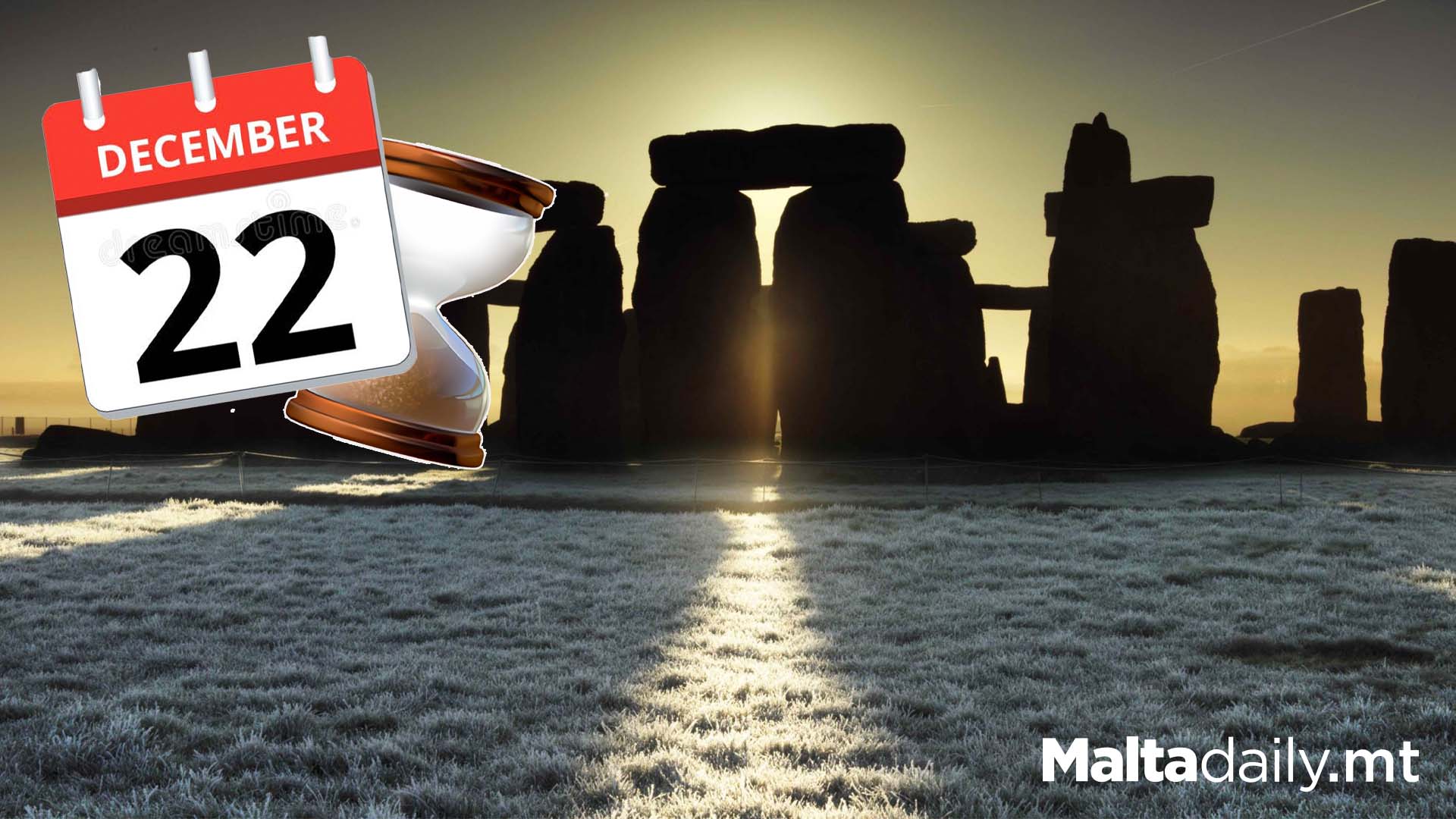Today Is The Winter Solstice

Winter solstice, the shortest day of the year in the Northern Hemisphere, draws thousands of enthusiasts engaging in various rituals and activities.
Falling on Dec. 21 in the U.S. and Dec. 22 in Europe, it marks the astronomical beginning of winter. The Earth’s tilt away from the sun is at its maximum on this day, resulting in a noticeable lack of direct sunlight.Notable monuments like Stonehenge and Newgrange, constructed to align with the solstices, attract crowds during this event.
Solstices, occurring twice a year in June and December, officially signify seasonal changes. During the winter solstice, the sun is directly over the Tropic of Capricorn, bringing colder temperatures and less light.
The term “solstice” originates from the Latin words sol, meaning sun, and stit, from sistere, meaning to stand still. The Northern Hemisphere experiences its shortest day while the Southern Hemisphere has its longest.
Following the winter solstice, days lengthen, and nights shorten until the arrival of the summer solstice on Jun. 20, 2024. The event’s date and time vary, with the 2023 winter solstice on Dec. 21 at 10:27 p.m. Eastern Time.
Ancient civilizations, like the Maya, tracked the sun’s movement, evident in structures like Stonehenge and the Torreon in Peru. Modern traditions include Austrians celebrating with Krampus-themed festivities, and Stonehenge remains a focal point for solstice observers.
#MaltaDaily


